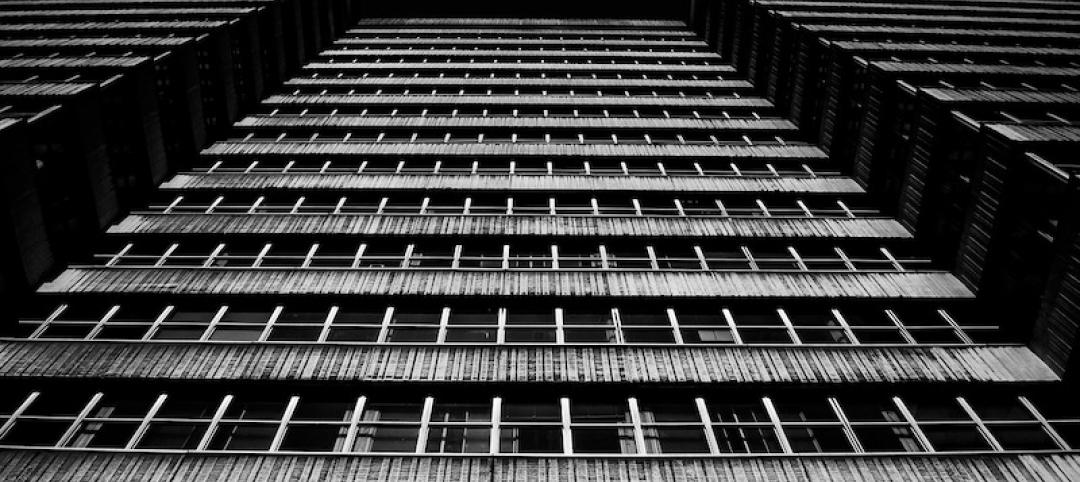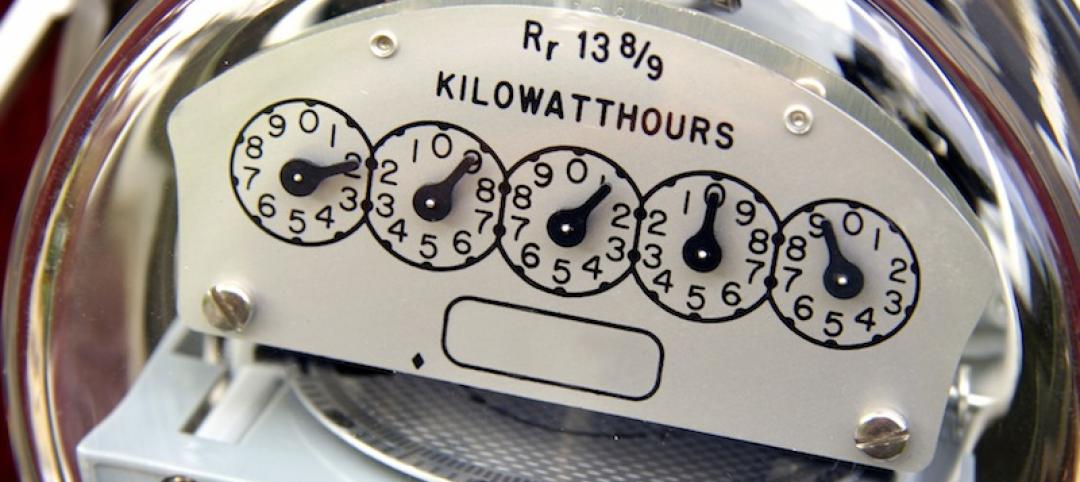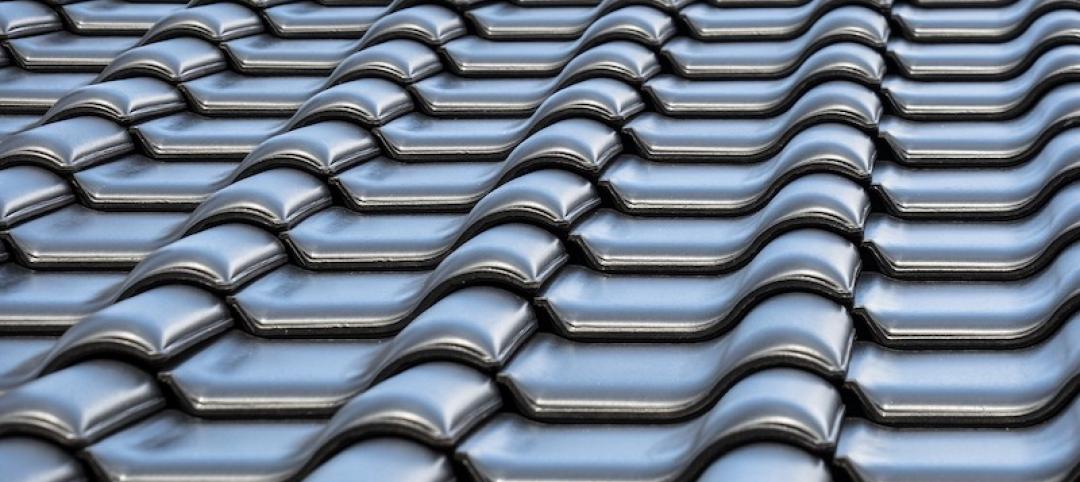Fannie Mae’s green bond program to spur efficiency upgrades may be falling far short of its goals, according to analysis by Grist.
A Grist report says that about 1,600 of the 3,800 properties that had loans packaged into “green” mortgage-backed securities saw improvement in their energy scores within a median period of about two years. But more than 800 properties that the online publication examined saw lower or identical energy scores in the most recent data year compared to their scores at loan issuance.
“Whether or not Fannie Mae’s green bonds program is driving significant decarbonization and efficiency improvements is very much an open question,” Grist says. “The value of the program is unclear even in cases where energy savings did improve: About a fifth of the buildings enrolled from 2016 through 2019 performed worse than the median U.S. building even after fulfilling program requirements.”
Another criticism: Participation is highest in states and cities that already have stringent building energy efficiency codes. That means some of these building owners may have pursued green improvements without Fannie Mae’s incentives.
Related Stories
Codes and Standards | Mar 4, 2021
Biden administration overturns Trump’s federal building design mandate
Previous order promoted classical and “traditional” architecture above others.
Codes and Standards | Mar 3, 2021
Texas freeze raises questions about risks of electrifying buildings
Gas stoves helped residents cook, boil water when power went out.
Codes and Standards | Mar 2, 2021
New Seattle building code eliminates fossil fuels for most space and water heating
Also increases on-site solar photovoltaics, reduces envelope heat loss, air leakage, and interior lighting power allowances.
Codes and Standards | Feb 25, 2021
It’s not just lumber—roofing material prices are also on the rise
Lower demand for petroleum products means less asphalt production.
Codes and Standards | Feb 23, 2021
USGBC offers education on LEED Safety First pilot credits
Four courses address COVID-19.
Codes and Standards | Feb 23, 2021
ASHRAE Epidemic Task Force releases updated Building Readiness Guide
Includes flush calculations to reduce time and energy to clear contaminants between occupancy periods.
Codes and Standards | Feb 22, 2021
Preservation of Affordable Housing develops climate resilience strategy
Includes backup power for resident and staff “area of refuge”.
Codes and Standards | Feb 18, 2021
Construction industry moves toward comprehensive U.S. BIM standard
NIBS hosts roundtable to create coordinated program to advance collaboration.
Codes and Standards | Feb 17, 2021
Construction on international sports venues is ripe for corruption
Poor planning, complex contracting, a lack of accountability and high levels of collusion to blame.
Codes and Standards | Feb 16, 2021
Feds may fund removal of some urban highways
Senate bill proposes pilot program to reknit communities.

















